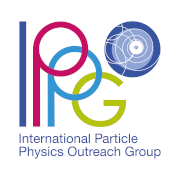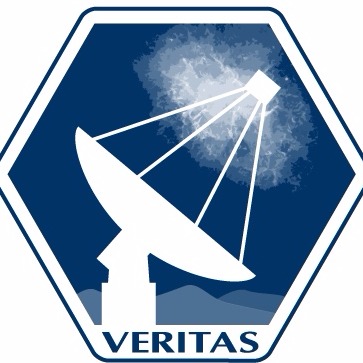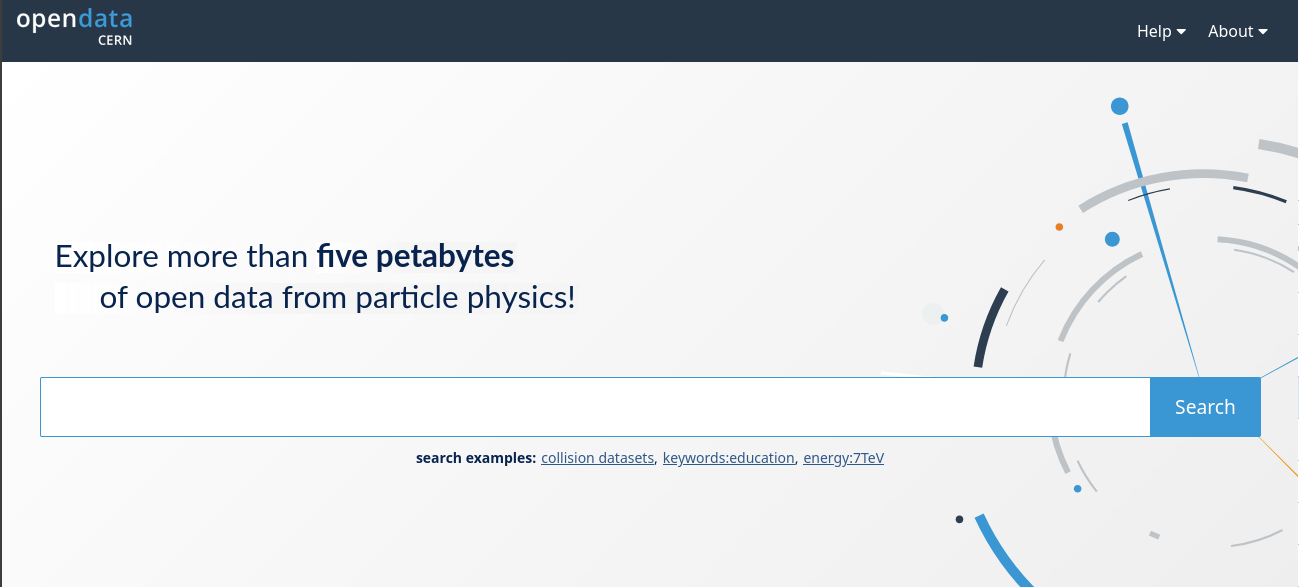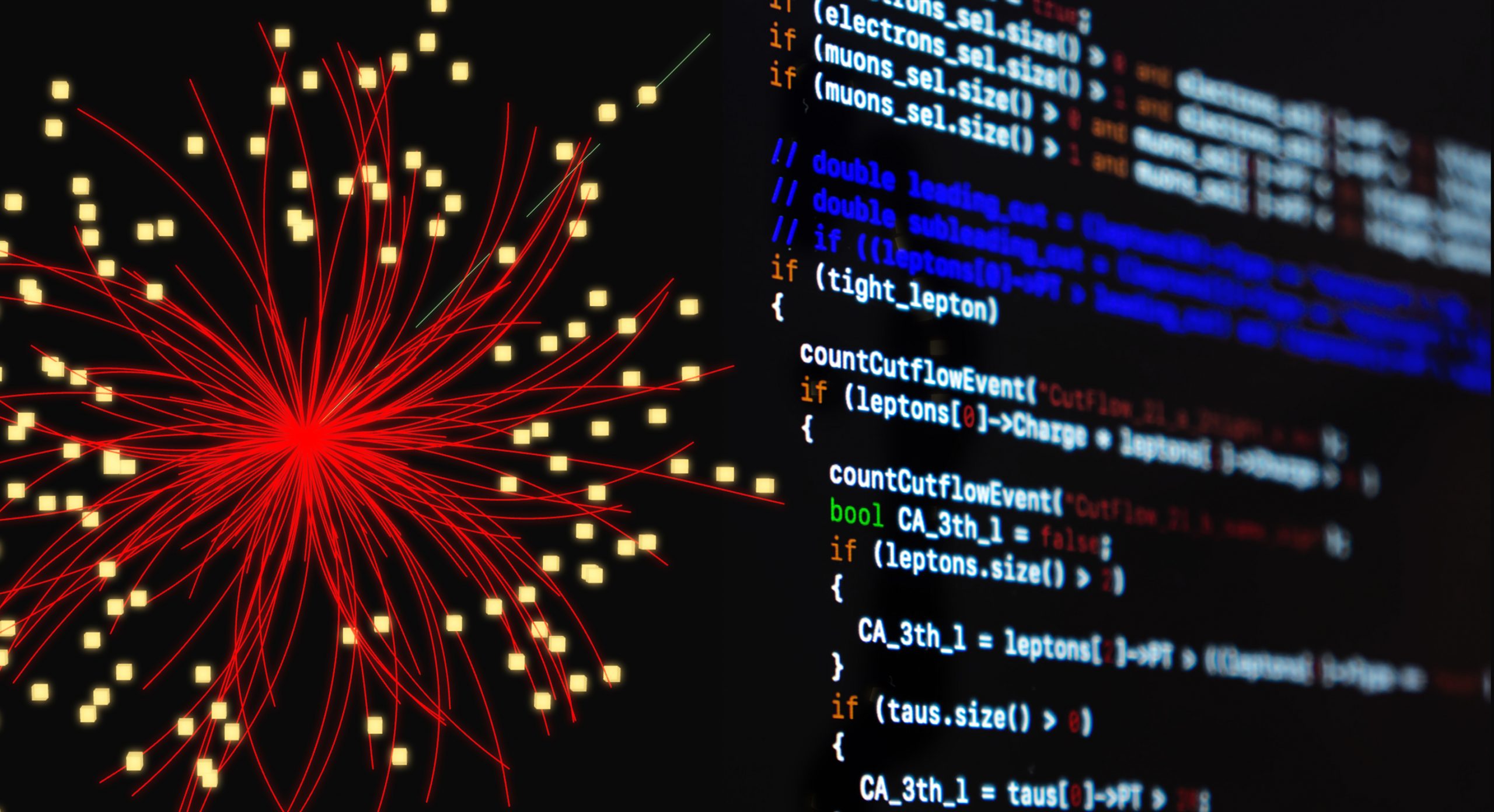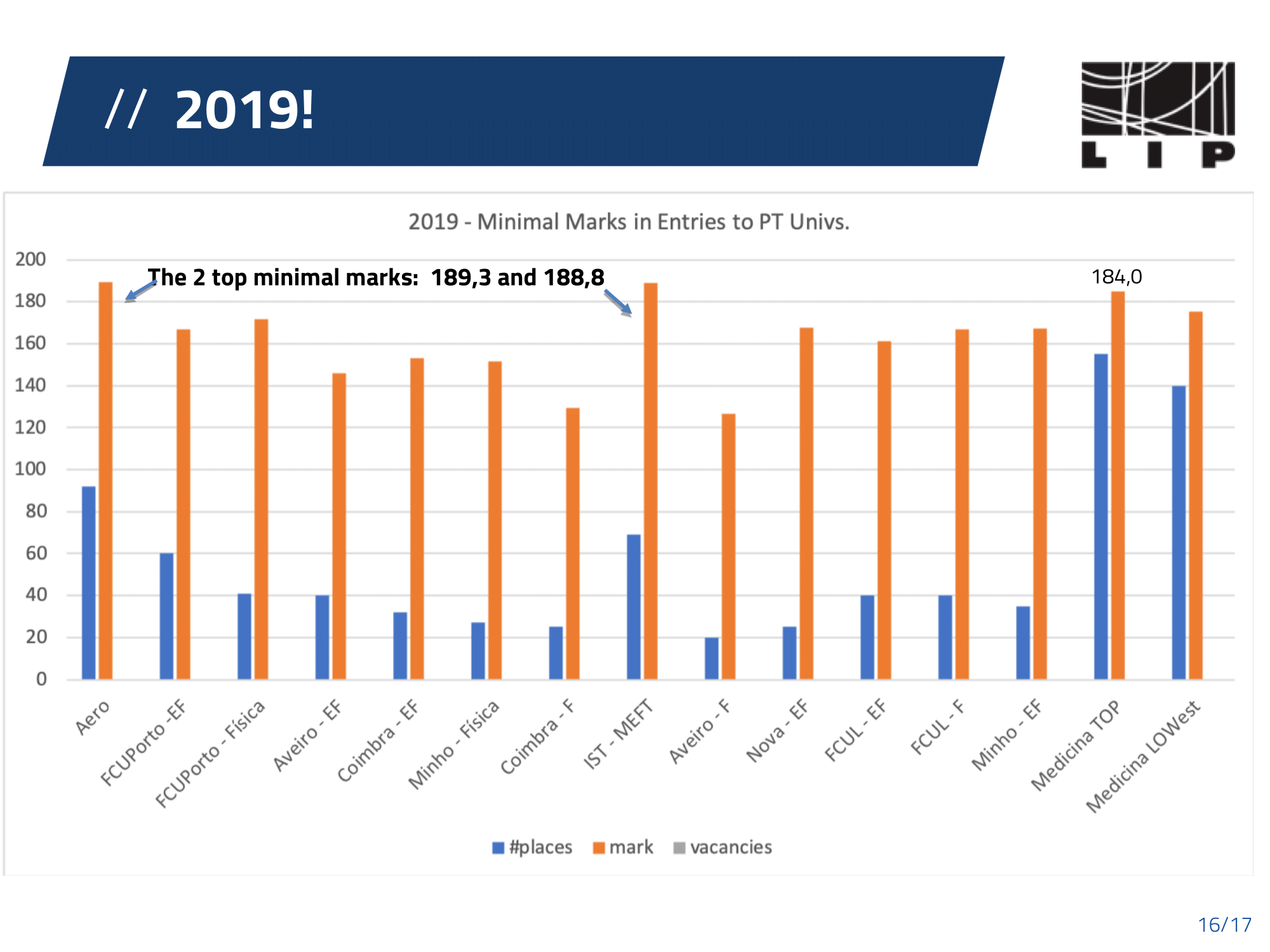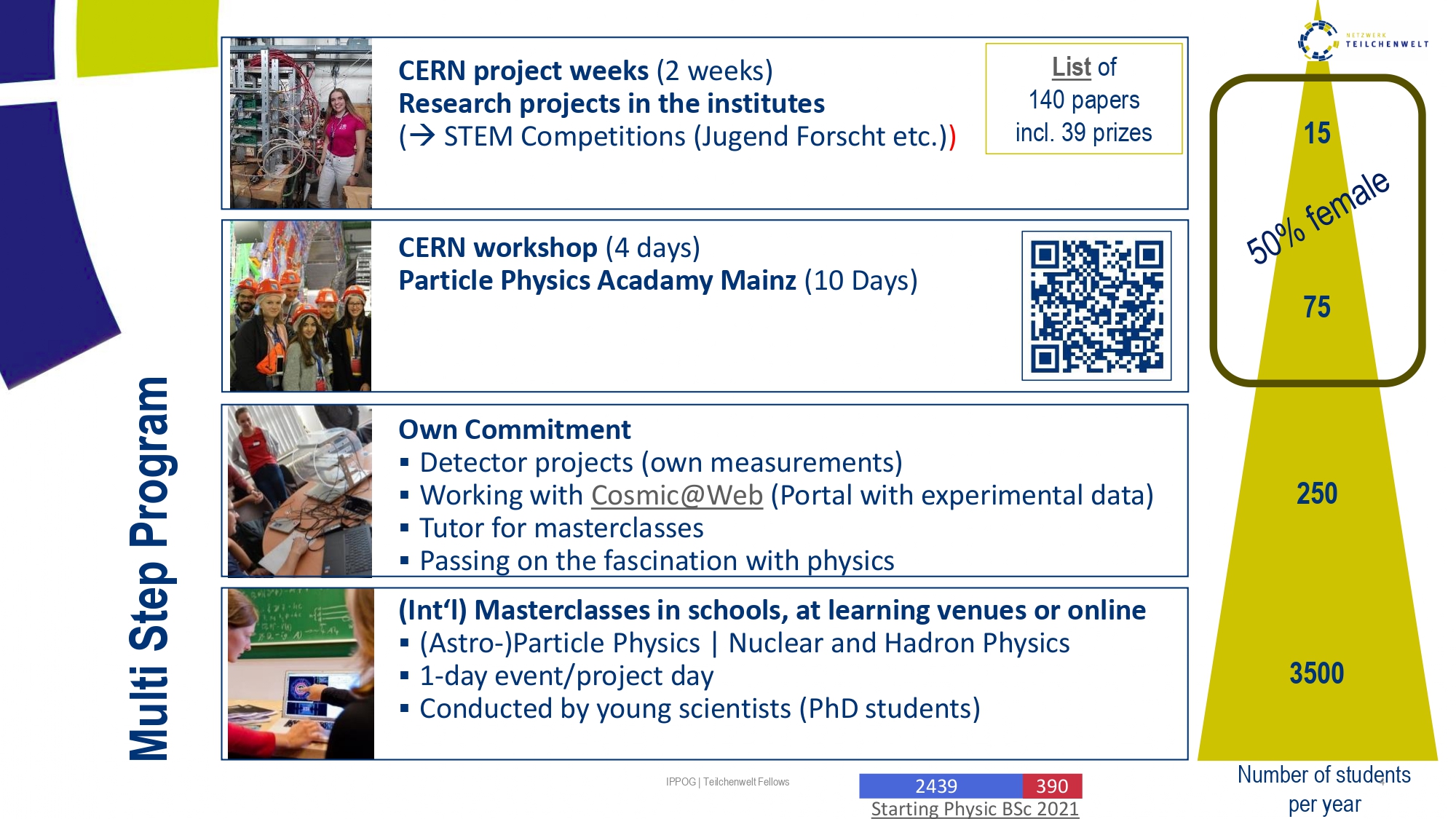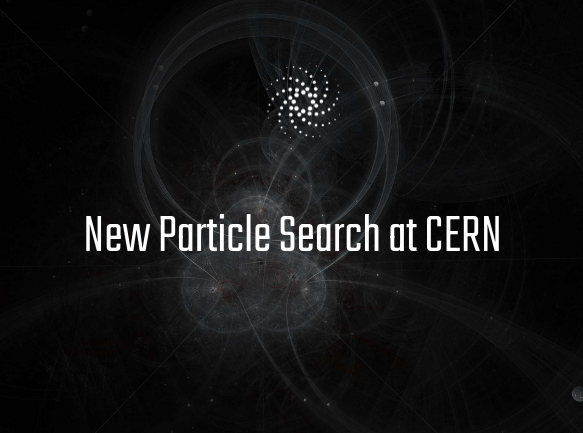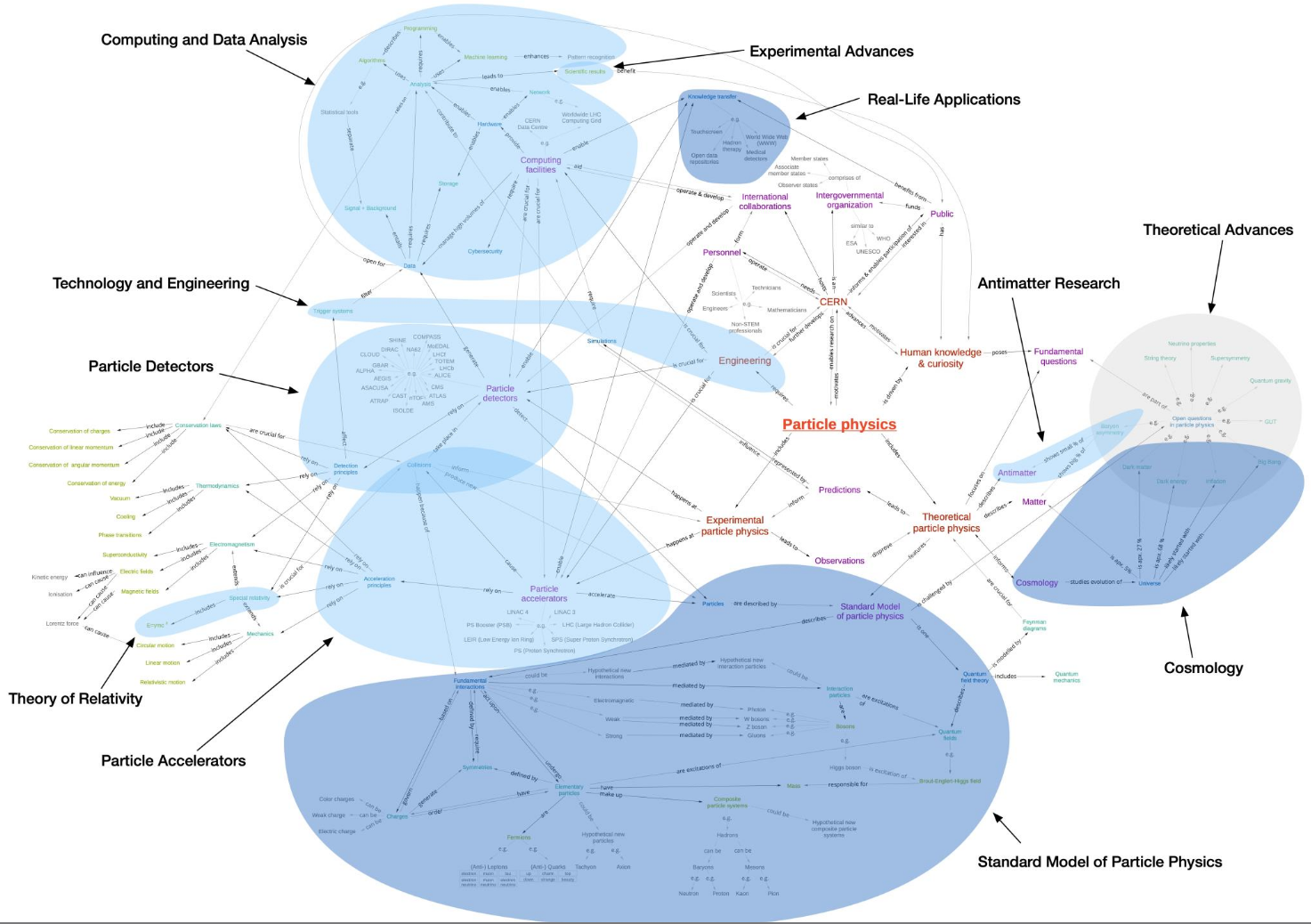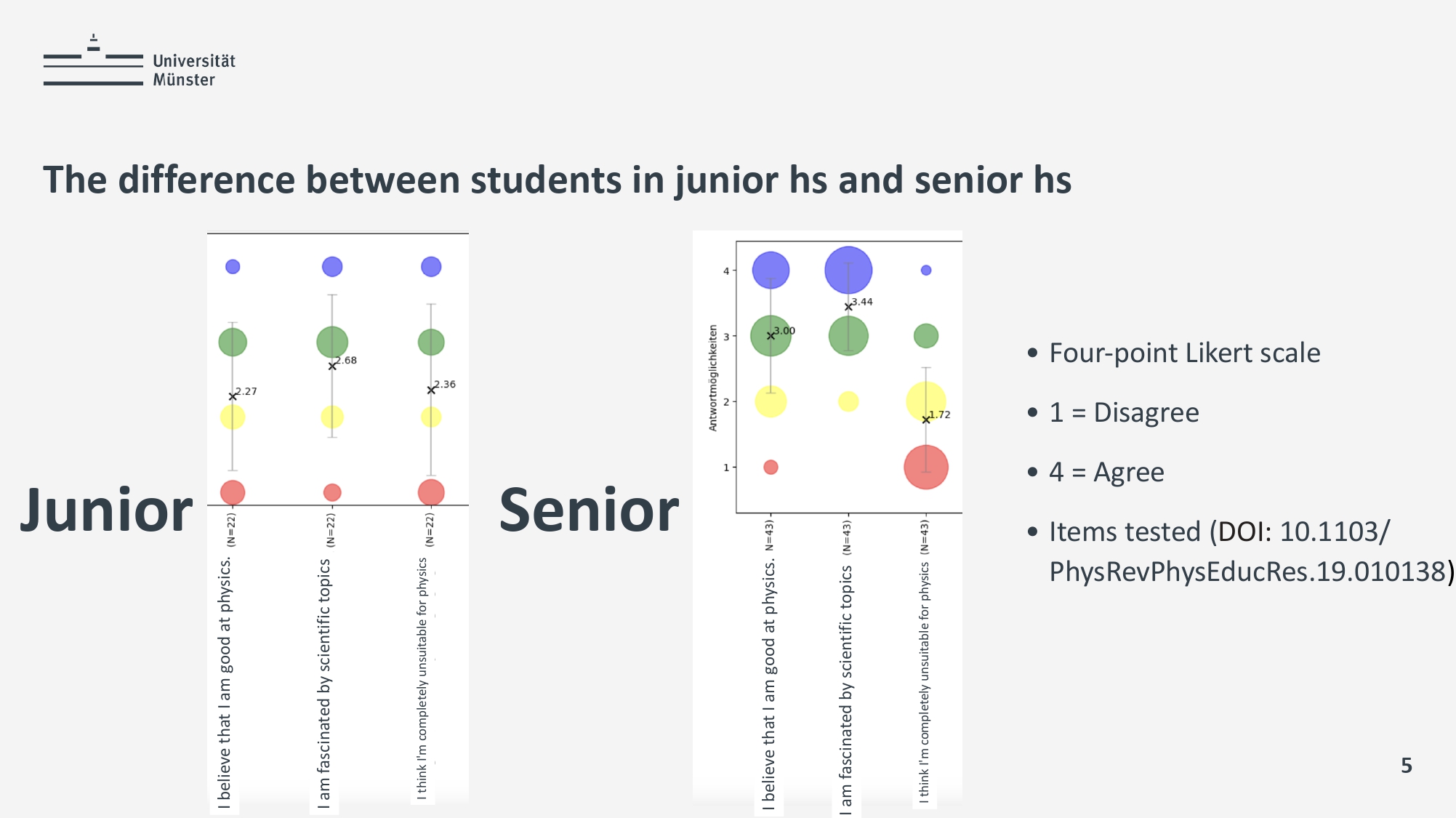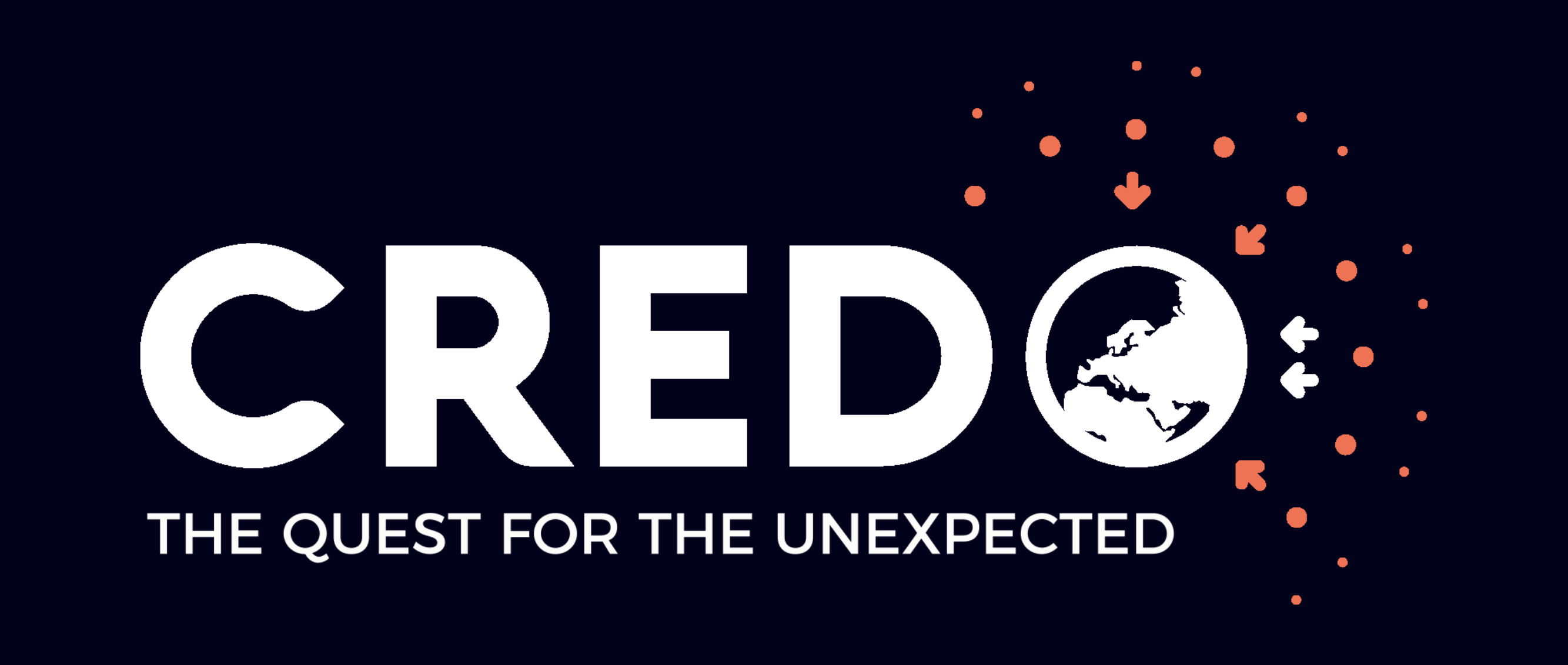Category: Type:Open Science
-
Muon Hunter & Muon Hunters 2.0
Citizen science project aiming to train machines to classify events and identify muon images for background rejection and calibration events.
-
CERN Experiments Open Data
The CERN Open Data portal acts as a online hub for sharing data generated by experiments conducted at CERN. It includes accompanying software and documentation needed to understand and analyze the data. Some of the experiments also propose educational tutos and exercises. The portal adheres to established global standards in data preservation and Open Science:…
-
The ATLAS4Teachers open data app
The ATLAS outreach and open data group developed a new workshop based on the Knowledge Gap Theory: making it easier for people to find knowledge can make a significant difference.
-
REINFORCE multi-sensorial analysis with the SonoUno-Software
REINFORCE developed a multi-sensory approach (image, sound, tactile models) for data analysis and visualization with sonoUno, a user-centered software. To make it accessible, they created twelve training modules, three for each of the four projects developed within REINFORCE.
-
20 years evolution of Portuguese students towards physics – A pseudo-study
In 2004, LIP started to significantly strengthen the interaction with high schools through projects, internships, and visits. This was followed by the World Year of Physics and the development of the Portuguese Language Teacher Programme. This resulted in a significant boost in student interest in Physics, reflected by a higher minimum admission score for Portuguese…
-
The Fellow Program of Netzwerk Teilchenwelt – Keeping young talents attached
The fellow program started in 2017. It takes the form of a multi-step program from masterclass to CERN project week. With tailored trainings for a long term impact. It also manage to maintain 50% females throughout all steps!
-
The REINFORCE – citizen science project
New Particle Search at CERN is a series of Citizen Science projects in which the public looks for evidence of undiscovered particles using HYPATIA. There are several particle decays, which may be more accurately identified by humans than algorithms, the project should ascertain whether this is true for those specific cases. The citizen scientist’s performance…
-
Review of the Particle Physics Content High-School Physics Curricula
This international curricular review provides a structured overview of the particle physics content in 27 state, national, and international high-school physics curricula. Overall, this international curricular review provides the basis for future curricular development with respect to particle physics and suggests an increased inclusion of experimental particle physics concepts in high-school physics curricula.
-
Engaging Young Minds with Particle Physics
The Outreach team at Münster University identified that in Germany, students usually decide whether or not to continue their physics education around the age of 15. To address the problem, they focused on students aged 10 to 15 to give them a real insight into particle physics research. They also created the Y-Phi (Young Physicists)…
-
Cosmic Ray Extremely Distributed Observatory (CREDO) Project
The project tests a theory suggesting dark matter may consist of supermassive particles from the early Universe. Their decay should ultimately result in a large so called super-preshowers of photons, widely distributed across both space (an area larger than the Earth) and time (reaching different parts of the Earth at different times). CREDO make use…
